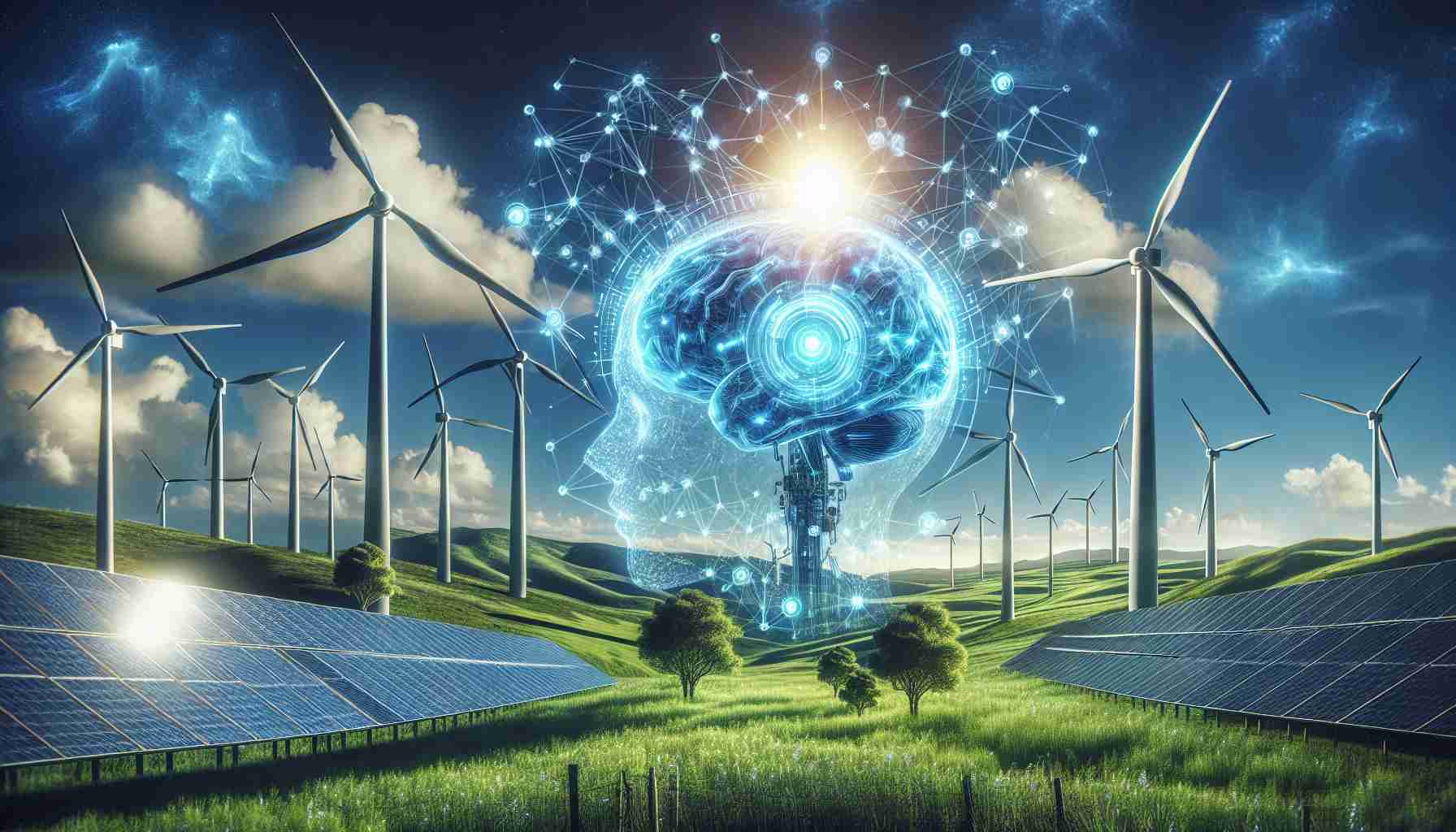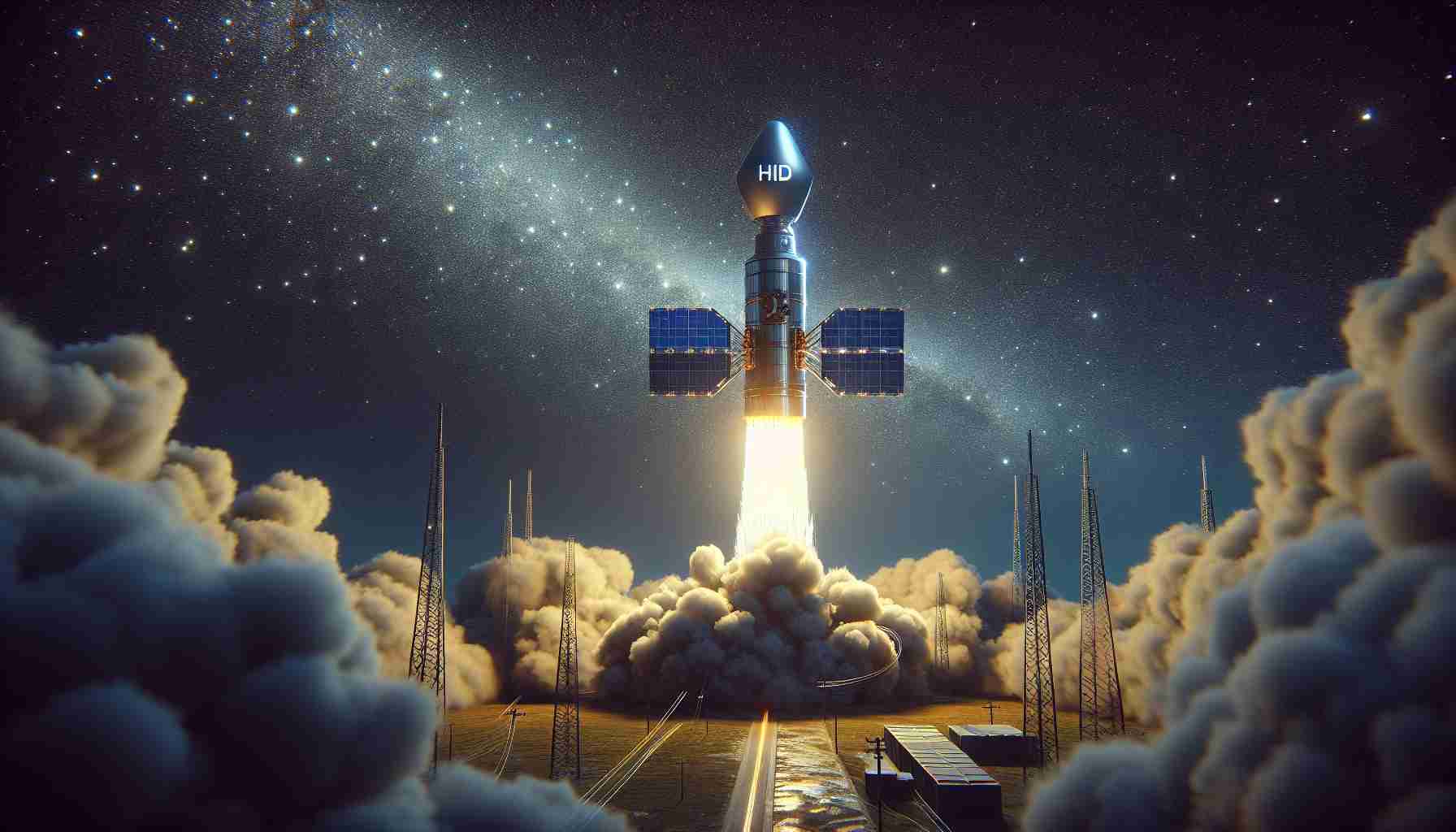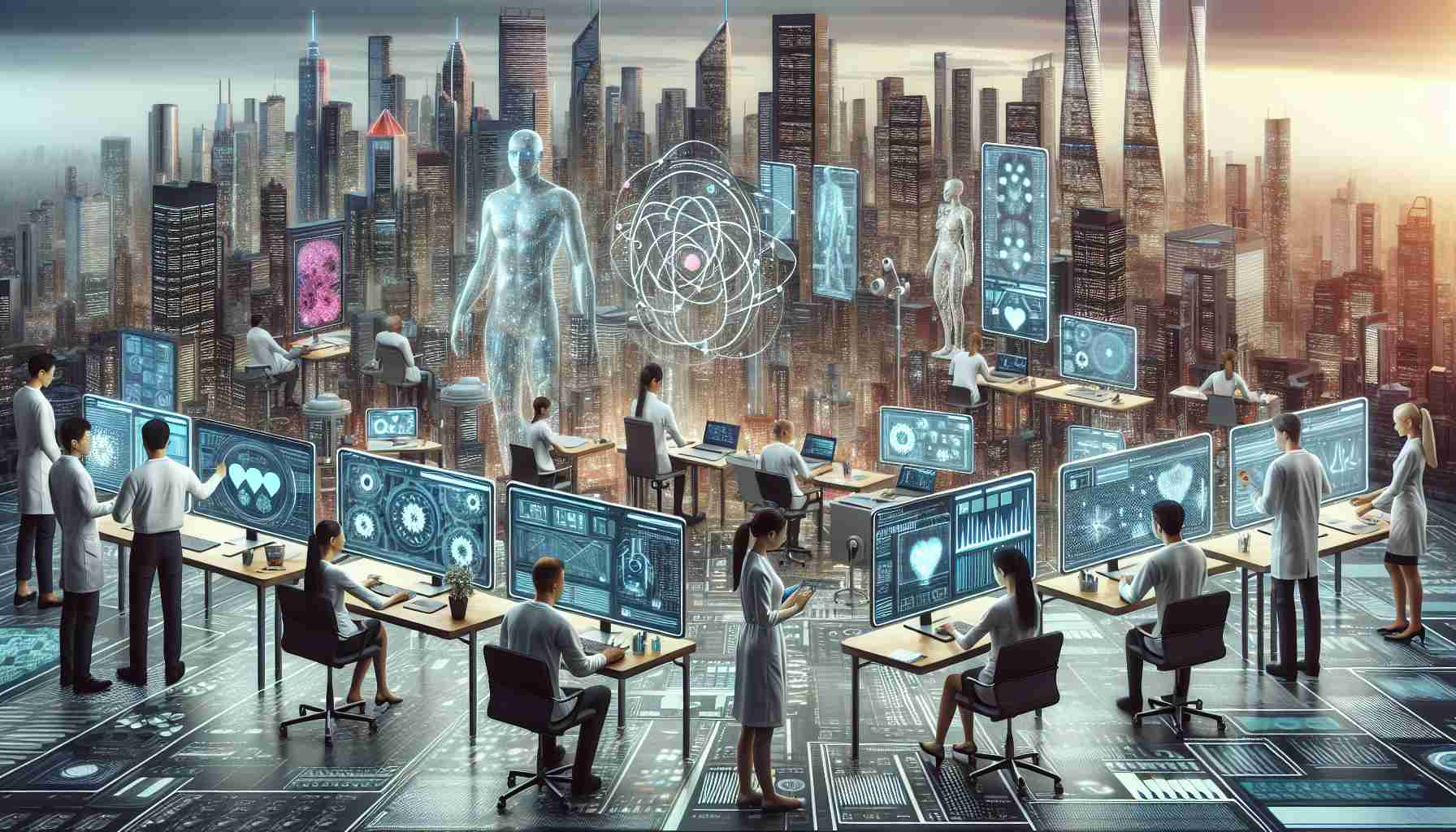Renewable energy proliferation challenges AI development
At the forefront of AI advancement lies the significant energy efficiency challenge. As AI technologies rapidly evolve, the demand for data centers to facilitate the training and operation of AI models is escalating. These centers, essential for processing massive data streams that underpin AI systems like Gemini by Google and OpenAI’s GPT-4, rely on extensive electricity consumption. This consumption, dependent on the energy source, results in varying levels of greenhouse gas emissions.
Rising energy demands of AI prompt renewable energy investment
As renewable energy capacities around the world surge, there remains a critical need to align the increasing energy demands of AI technologies with sustainable energy sources. To bridge this gap, tech companies must escalate investments in creating new renewable energy projects to meet their escalating energy requirements.
Challenges in deploying renewable energy
Despite the swift development of onshore renewable energy projects such as wind and solar farms, delays in planning regulations across several nations coupled with global grid connection bottlenecks may prolong deployment timelines. Offshore wind and hydroelectric farms face similar challenges with construction periods ranging from 2 to 5 years.
Ensuring renewable energy growth keeps pace with AI expansion
The concern looms large that the growth rate of renewable energy may lag behind the exponential development of AI technologies. Leading tech giants have tapped into a third of U.S. nuclear power plants to provide low-carbon electricity to their data centers. However, without fresh investments in renewable energy sources, these arrangements could divert low-carbon power away from other consumers, exacerbating fossil fuel consumption to meet overall demands.
Addressing the Renewable Energy-AI Nexus
Navigating the intricate balance between the increased electricity requirements of AI technologies and the sustainable energy solution provided by renewable sources necessitates coordinated efforts. The need for accelerated investment in renewable energy projects aligns the energy landscape with the surging demands of the burgeoning AI sector.
Expanding the Connection between Renewable Energy and Artificial Intelligence
The intersection of renewable energy and artificial intelligence presents a fascinating landscape filled with both promise and challenges that warrant further exploration. While the previous article shed light on the essential link between renewable energy growth and the expansion of AI technologies, there are additional facets to consider to grasp the full impact of this symbiotic relationship.
Key Questions:
1. How can artificial intelligence be leveraged to optimize the efficiency and output of renewable energy sources?
2. What are the potential environmental benefits of integrating AI into renewable energy systems?
3. What role does policy and regulation play in accelerating the adoption of renewable energy to power AI technologies?
Key Challenges:
One of the significant hurdles in integrating renewable energy with AI technologies is the intermittency of renewable sources such as solar and wind power. AI can play a crucial role in predicting energy generation patterns and optimizing energy storage solutions to address this issue effectively. However, ensuring seamless integration and synchronization between AI algorithms and renewable energy systems remains a challenge.
Advantages:
The synergy between renewable energy and AI offers numerous advantages, including reduced carbon emissions, improved energy efficiency, and enhanced grid stability. AI-driven solutions can enable better forecasting of renewable energy production, leading to more reliable and cost-effective energy generation. Moreover, leveraging AI for energy management can help mitigate the impact of variability in renewable sources.
Disadvantages:
Despite its potential benefits, the reliance on AI in renewable energy systems also raises concerns about data security, privacy, and algorithmic bias. Integrating AI into critical energy infrastructure requires robust cybersecurity measures to safeguard against potential cyber threats and ensure the integrity of the energy grid.
Addressing Controversies:
One contentious issue surrounding the utilization of AI in renewable energy is the displacement of human workers by automation. While AI can streamline operations and enhance efficiency, there are concerns about job displacement in traditional energy sectors. Balancing the benefits of AI adoption with the need to protect employment opportunities is a key consideration in the renewable energy-AI nexus.
In conclusion, the evolving relationship between renewable energy and artificial intelligence presents a compelling avenue for innovation and sustainability. By addressing the critical questions, challenges, advantages, and controversies associated with this topic, stakeholders can navigate the complex landscape of energy transition and technological advancement with foresight and strategic planning.
Suggested related link to main domain for further exploration: International Energy Agency






















